How to Renovate or Extend Without Destroying Wildlife Habitats
About to start building work? Find out how to protect wildlife habitats before you do
Victoria Harrison
10 July 2023
Editor, Houzz UK and Ireland
If you’re about to start home renovations or planning an extension, you’ll probably be expecting some disruption to your garden or outdoor space at the same time. But it’s not only mud and mess you’ll need to consider; with any building work, it’s important to ensure the work doesn’t impact wildlife habitats or cause disruption to protected species.
Keen to find out more? We asked three wildlife and garden experts to share their knowledge and advice for protecting local wildlife habitats during a building project.
Professional advice from: Sue Young, head of land use planning at The Wildlife Trusts; Adrian Thomas, wildlife gardener at the RSPB; Rebecca Smith of Rebecca Smith Garden Design & Consultancy
Keen to find out more? We asked three wildlife and garden experts to share their knowledge and advice for protecting local wildlife habitats during a building project.
Professional advice from: Sue Young, head of land use planning at The Wildlife Trusts; Adrian Thomas, wildlife gardener at the RSPB; Rebecca Smith of Rebecca Smith Garden Design & Consultancy
What are the rules governing building work and wildlife?
“Wildlife regulation can be a complicated issue and the correct approach will vary for each individual site,” Rebecca Smith says. “Because legislation can change, it’s important to get professional advice at the outset.”
Before undertaking any work that will encroach on outdoor space, your architect or garden designer should ensure there are no protected species or habitats that could be negatively affected by it. There are several pieces of legislation that exist to protect species such as bats and wild birds, including the Wildlife & Countryside Act 1981. Based on these, your contractor may need to commission a site assessment before work can begin.
It’s important to plan for this early on to ensure any discoveries can be addressed and the correct advice taken before work begins. “If there are protected species involved – such as bats – any disruption could be illegal,” Sue Young says, so getting advice is essential.
“Wildlife regulation can be a complicated issue and the correct approach will vary for each individual site,” Rebecca Smith says. “Because legislation can change, it’s important to get professional advice at the outset.”
Before undertaking any work that will encroach on outdoor space, your architect or garden designer should ensure there are no protected species or habitats that could be negatively affected by it. There are several pieces of legislation that exist to protect species such as bats and wild birds, including the Wildlife & Countryside Act 1981. Based on these, your contractor may need to commission a site assessment before work can begin.
It’s important to plan for this early on to ensure any discoveries can be addressed and the correct advice taken before work begins. “If there are protected species involved – such as bats – any disruption could be illegal,” Sue Young says, so getting advice is essential.
What are the most important areas of wildlife habitat to protect?
Once the site has been assessed for protected species, the next step is to consider how best to protect any other existing wildlife, and to ensure any disruption from your building work is kept to a minimum.
“The areas of habitat to avoid if possible when building an extension into a garden are those that are long established, rich in wildlife and difficult to replace,” Adrian Thomas says. “In particular, mature trees, but also hedges and ponds. These will have well-established wildlife communities. In contrast, flowerbeds, lawns and vegetable patches tend to be much younger habitats with more mobile wildlife communities.”
“Hedgerows are brilliant and provide food, shelter and places to roost for a wide variety of garden birds, including robins, blackbirds, and chaffinches,” Sue says. “They also function as navigation aids for bees and bats.”
“The best areas of a garden to extend onto are those already covered by hard landscaping, such as patios,” Adrian says.
More: How to Swap Your Fence for a Wildlife-friendly Hedge
Once the site has been assessed for protected species, the next step is to consider how best to protect any other existing wildlife, and to ensure any disruption from your building work is kept to a minimum.
“The areas of habitat to avoid if possible when building an extension into a garden are those that are long established, rich in wildlife and difficult to replace,” Adrian Thomas says. “In particular, mature trees, but also hedges and ponds. These will have well-established wildlife communities. In contrast, flowerbeds, lawns and vegetable patches tend to be much younger habitats with more mobile wildlife communities.”
“Hedgerows are brilliant and provide food, shelter and places to roost for a wide variety of garden birds, including robins, blackbirds, and chaffinches,” Sue says. “They also function as navigation aids for bees and bats.”
“The best areas of a garden to extend onto are those already covered by hard landscaping, such as patios,” Adrian says.
More: How to Swap Your Fence for a Wildlife-friendly Hedge
Are there any rules regarding trees on private property?
Certain trees, or groups of trees, may be protected by a Tree Preservation Order, which prohibits any cutting, uprooting or wilful damage to the tree. This type of order usually applies to trees in public spaces, but it can also extend to privately owned trees if they provide public amenity benefits. Your local authority should be able to advise if this applies to any trees on your property.
“Consider, also, whether the work is going to impact on tree roots, even if it spares the tree,” Adrian says, “and think about whether the work will block access to nesting or roosting habitats for birds such as swifts and house martins on the existing building. There’s a strong legal obligation regarding bats and their roosts, too.”
Find an architect or garden designer near you today to chat through your plans.
Certain trees, or groups of trees, may be protected by a Tree Preservation Order, which prohibits any cutting, uprooting or wilful damage to the tree. This type of order usually applies to trees in public spaces, but it can also extend to privately owned trees if they provide public amenity benefits. Your local authority should be able to advise if this applies to any trees on your property.
“Consider, also, whether the work is going to impact on tree roots, even if it spares the tree,” Adrian says, “and think about whether the work will block access to nesting or roosting habitats for birds such as swifts and house martins on the existing building. There’s a strong legal obligation regarding bats and their roosts, too.”
Find an architect or garden designer near you today to chat through your plans.
Is there an optimum time of year to undertake building work in order to cause the least disruption to wildlife?
“The key time to exercise great care is the bird breeding season, which is predominantly between March and August,” Adrian says.
Rebecca agrees, and adds, “In my own experience, if there are bats, allowances [also] have to be made so the roost isn’t disturbed during the nesting season. For swallows (and other seasonal migratory birds), again, building work cannot take place during their nesting season.”
“The key time to exercise great care is the bird breeding season, which is predominantly between March and August,” Adrian says.
Rebecca agrees, and adds, “In my own experience, if there are bats, allowances [also] have to be made so the roost isn’t disturbed during the nesting season. For swallows (and other seasonal migratory birds), again, building work cannot take place during their nesting season.”
“The Wildlife & Countryside Act 1981 makes it an offence to intentionally damage or destroy the nest of any wild bird while it’s in use or being built,” Adrian says. “The legal protection for bats applies, too, of course. The Bat Conservation Trust says that, ‘Any structures or place which bats use for shelter or protection are protected from damage or destruction whether occupied or not.’”
“The best time to build will really depend on the location, the type of building work and the species and habitats likely to be affected,” Sue says. “We would recommend seeking specialist advice at the earliest opportunity to understand potential impacts on wildlife and ensure that any changes actually improve where you live for nature, rather than causing harm.”
“The best time to build will really depend on the location, the type of building work and the species and habitats likely to be affected,” Sue says. “We would recommend seeking specialist advice at the earliest opportunity to understand potential impacts on wildlife and ensure that any changes actually improve where you live for nature, rather than causing harm.”
Are there any positive ways renovation work could add to the biodiversity in a garden?
“Soon, there will be a legal requirement for large developments to deliver ‘10% biodiversity net gain’ – in other words, to ensure there’s more wildlife after the development than before it,” Adrian says. “Although that obligation won’t fall to small extensions, it’s a great principle to try to follow for the sake of the planet.”
Homeowners could add a green roof or green wall – either to the extension or to the existing building, he suggests, as well as incorporating integral wildlife bricks for swifts or bats, or nesting cups for house martins, “should the building elevations be appropriate for them”.
“Soon, there will be a legal requirement for large developments to deliver ‘10% biodiversity net gain’ – in other words, to ensure there’s more wildlife after the development than before it,” Adrian says. “Although that obligation won’t fall to small extensions, it’s a great principle to try to follow for the sake of the planet.”
Homeowners could add a green roof or green wall – either to the extension or to the existing building, he suggests, as well as incorporating integral wildlife bricks for swifts or bats, or nesting cups for house martins, “should the building elevations be appropriate for them”.
Are there any other ways to offset the negative impact of building work?
“Another – or additional – approach is to mitigate for the impact by making other areas of the garden better for wildlife than they were at the start,” Adrian says.
Sue suggests integrating “trees, hedgerows, water features and other habitats into development plans”. She recommends making the boundaries of your garden wildlife-friendly, and thinking carefully about outside lighting to avoid disturbing creatures. “Light pollution can be a big problem, as it affects how animals and plants perceive day and night,” she explains.
“Ponds are brilliant [too] and the single best feature to attract wildlife to your garden,” she adds. “It’s thought that some amphibians are more common in garden ponds than in the countryside, which underlines just how important they are.”
“Another – or additional – approach is to mitigate for the impact by making other areas of the garden better for wildlife than they were at the start,” Adrian says.
Sue suggests integrating “trees, hedgerows, water features and other habitats into development plans”. She recommends making the boundaries of your garden wildlife-friendly, and thinking carefully about outside lighting to avoid disturbing creatures. “Light pollution can be a big problem, as it affects how animals and plants perceive day and night,” she explains.
“Ponds are brilliant [too] and the single best feature to attract wildlife to your garden,” she adds. “It’s thought that some amphibians are more common in garden ponds than in the countryside, which underlines just how important they are.”
Sue also suggests “transforming a lawn into a wildflower meadow to support butterflies, bees and other insects. Wildlife likes variety,” she says, “so ensuring there’s a decent mix of habitats and features in your garden is a sure way of supporting different species throughout the year.”
“You could also compensate for what’s been lost by contributing to the purchase of a nature reserve, or paying to offset the development through planting trees elsewhere,” Adrian says.
“And, of course, it’s good to think about wildlife and the environment in a wider context,” he adds. “That means, for example, ensuring the extension is carbon neutral, utilises the best in sustainable energy and materials, and captures rainwater in the SUDS train.”
“You could also compensate for what’s been lost by contributing to the purchase of a nature reserve, or paying to offset the development through planting trees elsewhere,” Adrian says.
“And, of course, it’s good to think about wildlife and the environment in a wider context,” he adds. “That means, for example, ensuring the extension is carbon neutral, utilises the best in sustainable energy and materials, and captures rainwater in the SUDS train.”
How much impact can I have as an individual homeowner?
“Through all of this, understanding that gardens are increasingly recognised as important wildlife habitats, in an era when we’re in a joint climate and nature crisis, means that doing what you can to help is incredibly valuable,” Adrian says.
“We can all do our bit to improve our homes and gardens for wildlife and the climate,” Sue says. “Whenever you’re considering making changes to where you live, we certainly encourage you to put nature first.”
Find out more about the RSPB’s Nature on Your Doorstep campaign and see how to Help Wildlife at Home with The Wildlife Trusts.
Tell us…
What are your thoughts on preserving wildlife habitats while undertaking building work? Share your thoughts in the Comments.
“Through all of this, understanding that gardens are increasingly recognised as important wildlife habitats, in an era when we’re in a joint climate and nature crisis, means that doing what you can to help is incredibly valuable,” Adrian says.
“We can all do our bit to improve our homes and gardens for wildlife and the climate,” Sue says. “Whenever you’re considering making changes to where you live, we certainly encourage you to put nature first.”
Find out more about the RSPB’s Nature on Your Doorstep campaign and see how to Help Wildlife at Home with The Wildlife Trusts.
Tell us…
What are your thoughts on preserving wildlife habitats while undertaking building work? Share your thoughts in the Comments.
Related Stories
Decorating
Where Do I Start When Renovating or Redecorating My Home?
By Eva Byrne
Keen to get going on a project but not sure where to begin? Read this practical guide to getting started
Full Story
Gardens
How Do I Create a Drought-tolerant Garden?
By Kate Burt
As summers heat up, plants that need less water are increasingly desirable. Luckily, there are lots of beautiful options
Full Story
Architecture
21 Ways Designers Are Incorporating Arches Into Homes
By Kate Burt
Everywhere we look on Houzz right now, a cheeky arch pops up. How would you add this timeless architectural feature?
Full Story
Lifestyle
How to Improve the Air Quality in Your Home
Want to ensure your home environment is clean and healthy? Start by assessing the quality of your air
Full Story
Gardens
Can I Have a Lawn-free Garden That’s Kind to the Environment?
Try these tips to help you plan a garden without grass that’s still leafy and eco-friendly
Full Story
Sustainability
How Can I Incorporate Biodiversity Into My Building Project?
By Kate Burt
If you’re renovating, you have a brilliant opportunity to plan in nature-friendly touches at the outset
Full Story
Lofts
How Do I Begin a Loft Conversion?
Wondering where to start when converting your loft? Ask yourself these questions to ensure you plan well
Full Story
Living Rooms
Where Designers Would Spend and Save in a Living Room
By Cheryl F
It’s your main relaxation space, so what should you splurge or scrimp on in the living room?
Full Story
Architecture
Japan’s Riken Yamamoto Wins the 2024 Pritzker Architecture Prize
The architect is known for creating indoor-outdoor homes and buildings that foster a strong sense of community
Full Story
Working with Pros
How to Choose an Electrician
By Cheryl F
From what to ask to getting the best result possible, here’s what to know when you’re hiring an electrician
Full Story

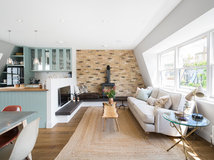

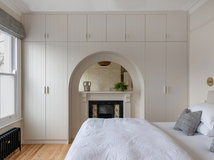
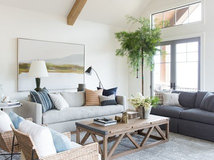
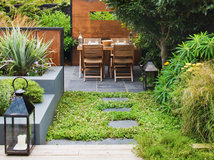

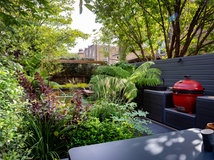
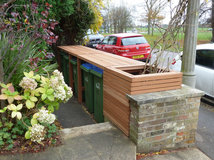
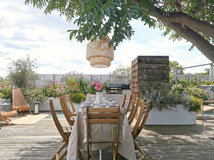





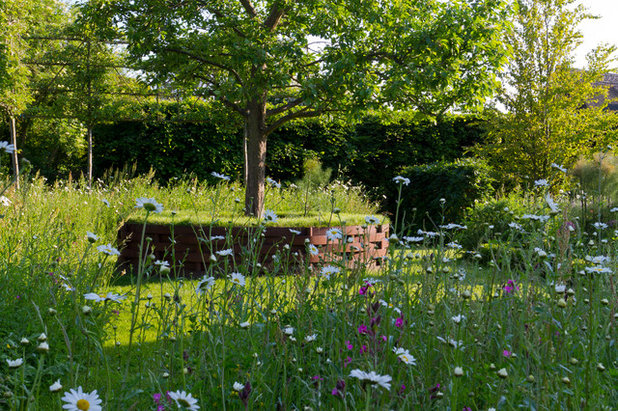
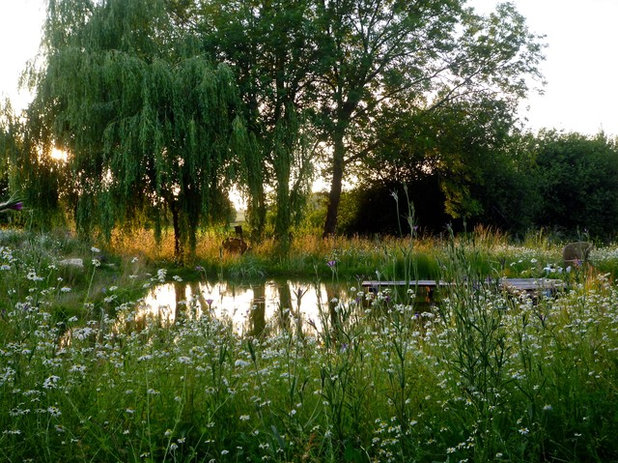

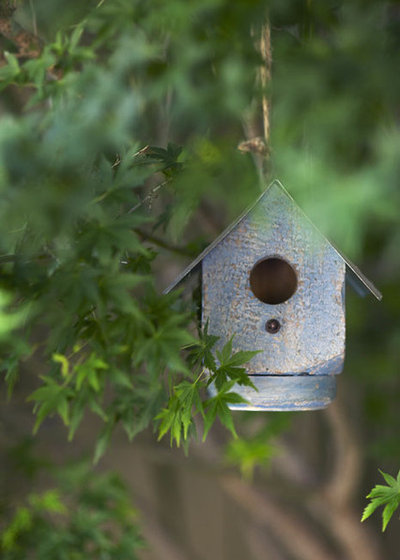
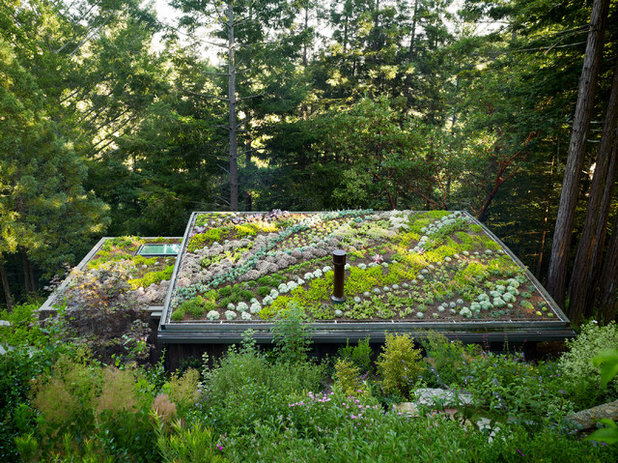
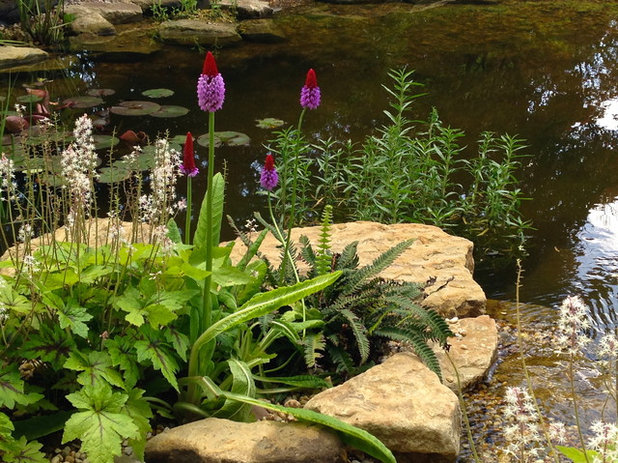
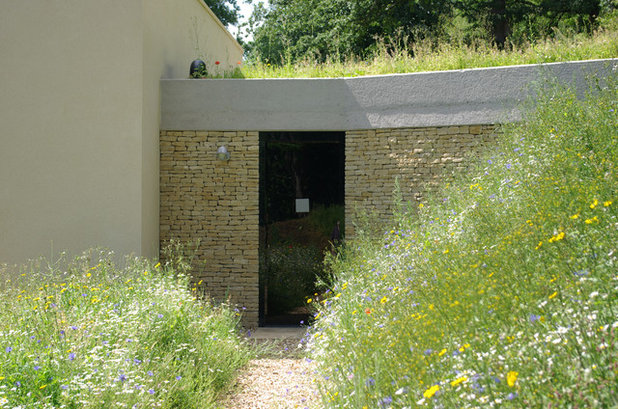
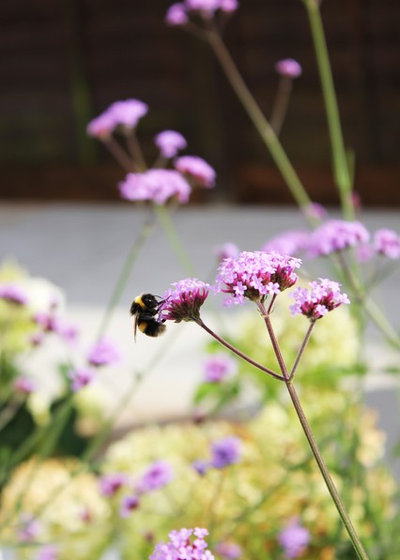


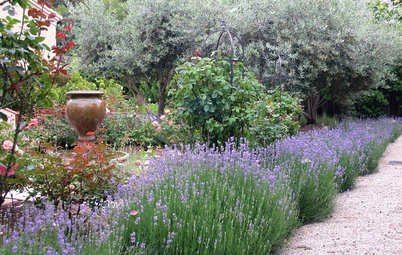
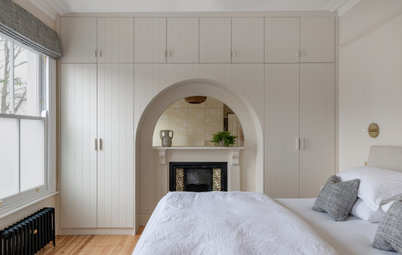
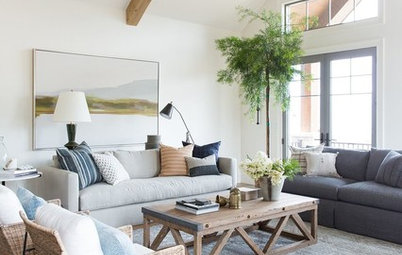
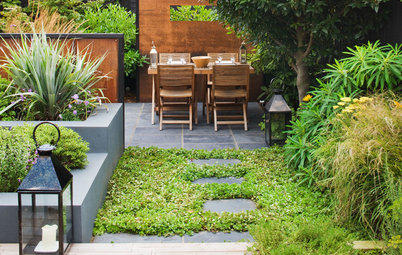
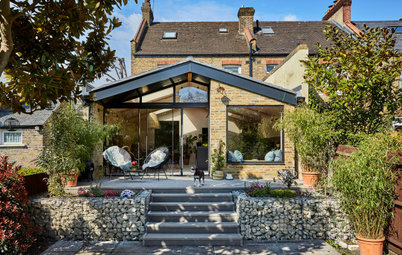
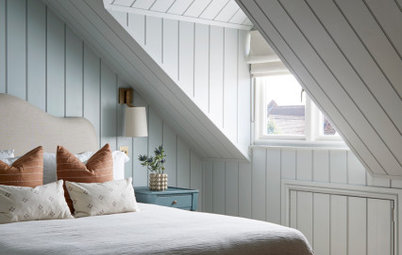
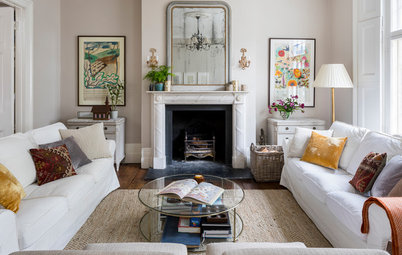


Large glass structures can also be a problem for birds, as often they can‘t see them and consequently fly into them and break their necks.
Thank you for this! Let’s hope it reaches the unconverted!
Beautiful ideas here